6/5/05 Kimm Groshong Star News Article
PASADENA STAR-NEWS June 2, 2005
(Section: NEWS)
HEAVY WINTER RAINS TRIGGER SOIL MOVEMENT
Kimm Groshong, Staff Writer
PASADENA - While the San Gabriel Mountains are not prone to the type of deeply-triggered landslide that occurred in Laguna Beach Wednesday, experts say this year's heavy rains have increased the likelihood of slides in the San Gabriel Valley, especially in the younger, lower hills to the south. "The San Gabriel Mountains are probably less likely to have this kind of thing happen because of the type of rock that's there,' said Randy Jibson, a research geologist with the U.S. Geological Survey.
But Pam Irvine, a senior engineering geologist for the California Geological Survey, said the scattered hillsides on the south side of the San Gabriel Valley, examples include the Puente Hills, the San Jose Hills and the Monterey Hills, have more in common with the Laguna Beach slope.
For the most part, the mountains to our north are made of hard rock, which geologists describe as crystalline, igneous or metamorphic. The hills to the south are made of a softer, sedimentary material akin to that found in the Laguna slope.
In that softer, layered rock, rain water can seep through the sediments over weeks and months, eventually increasing the buoyancy of the entire slope as it becomes increasingly saturated.
"As the surface of continuous water in the ground, in the soil, builds up, the pressure at the base of that column is definitely increased,' said Russ Campbell, a retired geologist with the USGS. "It's like if you look at a water tank, the pressure at the bottom is much higher at the bottom than it is at the top.'
And that pressure within a hillside reduces its strength and can translate into a slide, Jibson said.
Paul Jennings, Caltech's provost and a landslide expert, said even in a situation where the slope isn't terribly steep, when a hillside becomes saturated, it can get to the point over months where it can no longer support itself.
"Those kinds of slides can happen and they're to be expected in a year of such heavy rain,' Jennings said.
Irvine cautioned there is some possibility for sliding in the San Gabriel Mountains. Certainly during the rains, slides destroyed trails and roadways throughout the Angeles National Forest. In the case of the Santa Anita Canyon slide, Jennings said rain water quickly saturated the road's underlying material; the water couldn't support its part of the load and the entire slope failed. Those were mostly fast moving slides that occurred during the rains.
But for the deep-seated landslides which follow months after major storms, the experts say the threat will continue into the summer, possibly into the fall. The last Laguna slide, the 1978 Bluebird Canyon landslide, collapsed in October of that year.
"The best thing you can do really is be observant,' Jibson said. People living near hillsides should watch for cracks, tilting trees or telephone poles and changes in drainage, and report any abnormalities to their local city or county officials.
Laguna Beach residents who lost their homes in Wednesday's landslide may have few options when trying to recoup their losses, a USC law professor said.
George Lefcoe, who specialized in real estate law, said the government has little responsibility when people choose to live in a geographically hazardous area.
"If the government had gone into an area to undermine the hill and that's why it collapsed, then the government will have a problem,' he said.
The California Geological Survey's Seismic Hazard Zone Maps for the San Gabriel Valley can be viewed at:
http://gmw.consrv.ca.gov/shmp/html/pdf_maps_so.html
The maps show areas with potential for liquefaction, landslides and other geologic hazards.
_________________________________________________________________________________
City News Service contributed to this story.
Kimm Groshong can be reached at (626) 578-6300, Ext. 4451, or by e-mail at kimm.groshong@SGVN.com
(c) 2005 Star-News. All rights reserved. Reproduced with the permission of Media News Group, Inc. by NewsBank, Inc.
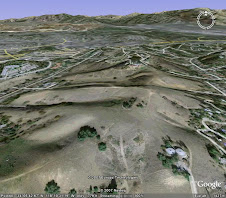

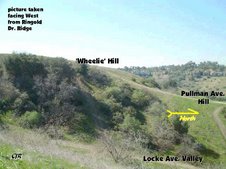
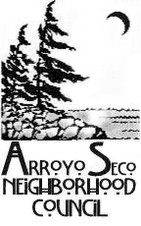


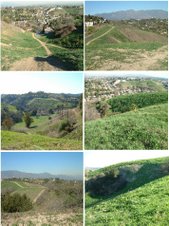
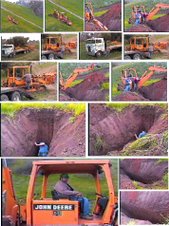

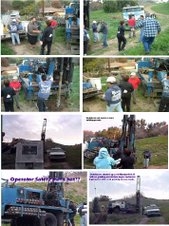
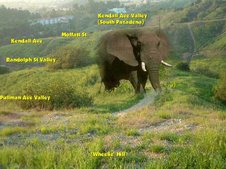
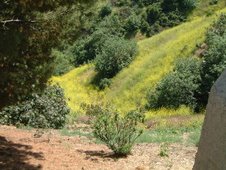
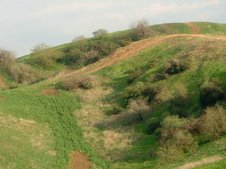

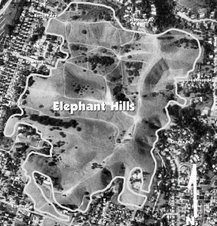
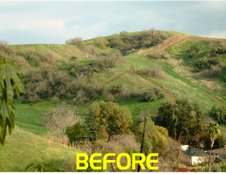
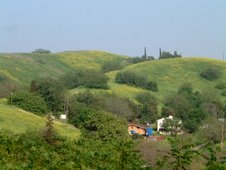

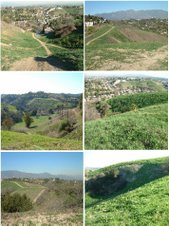
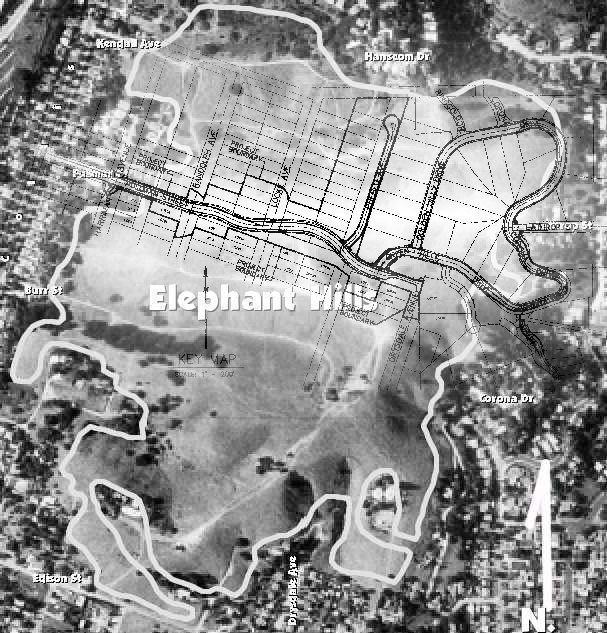
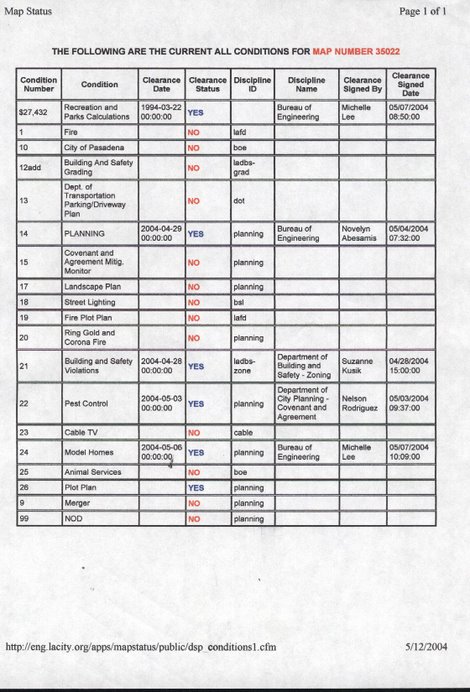
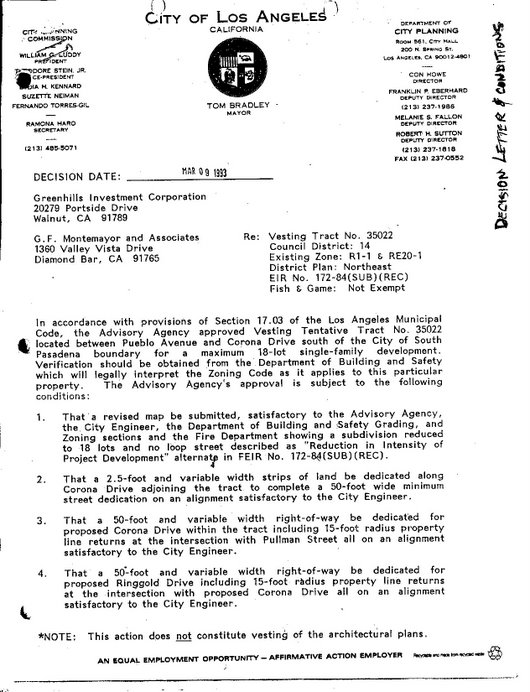

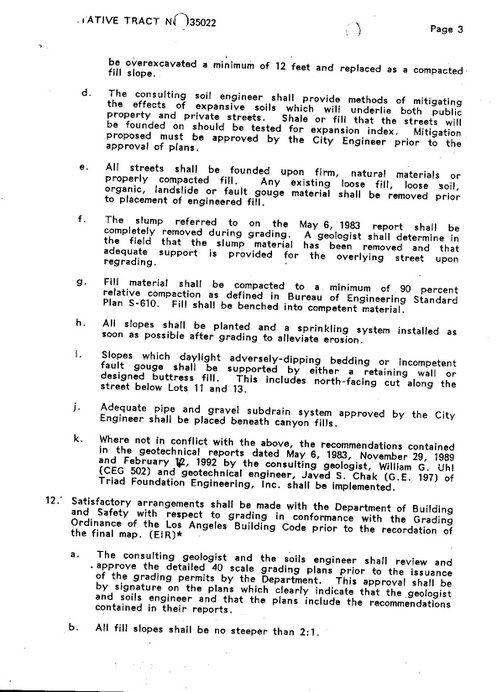
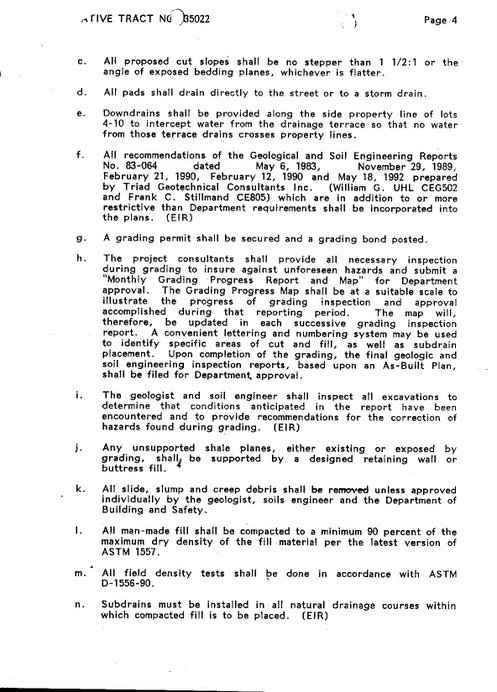
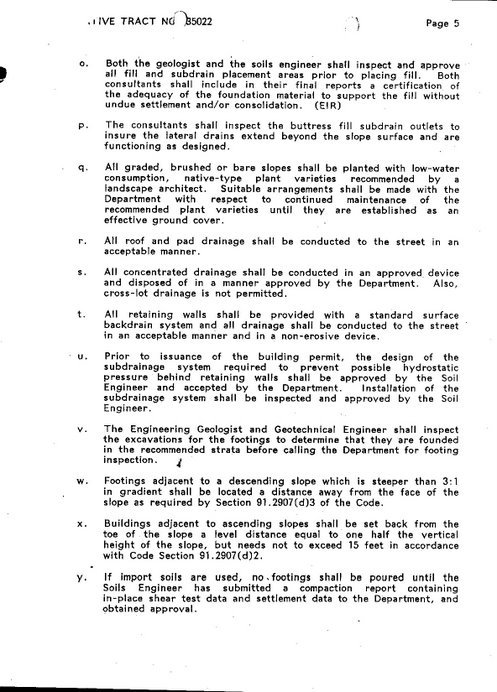
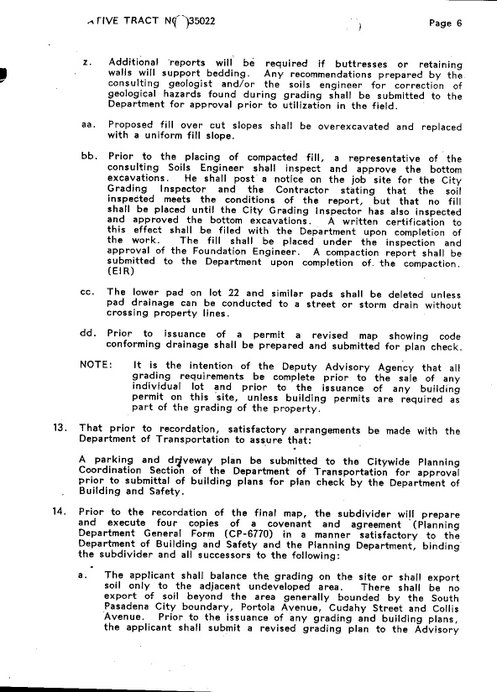
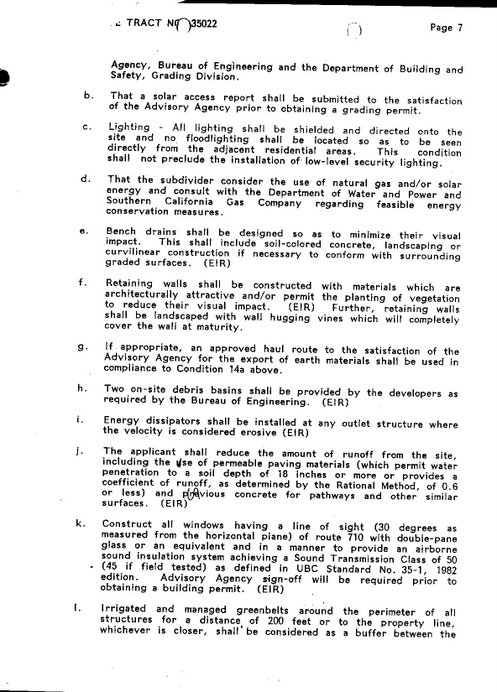
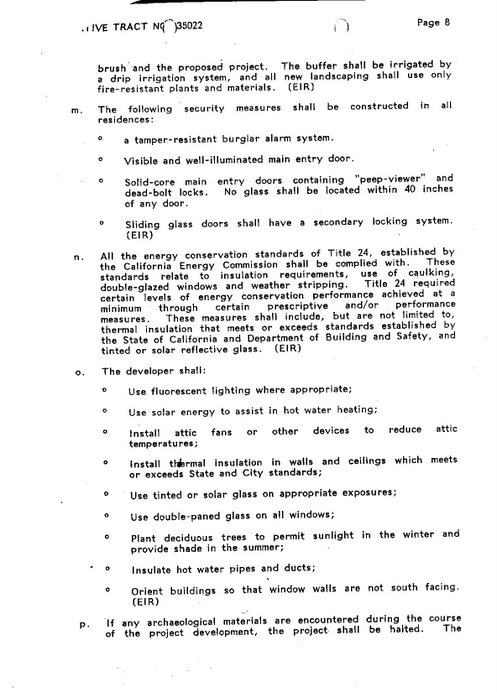
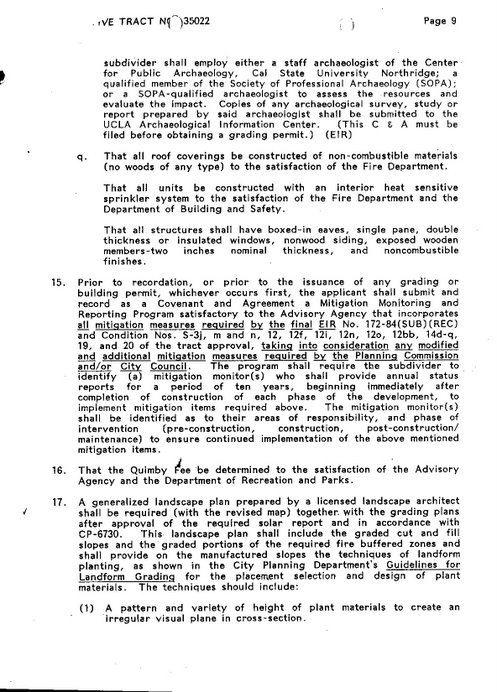
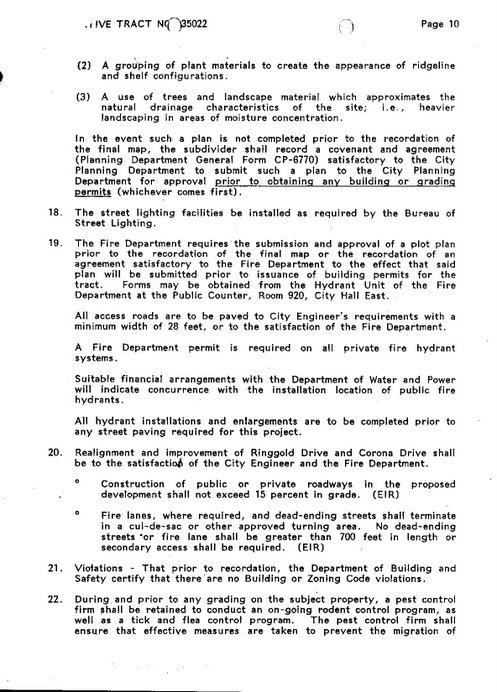
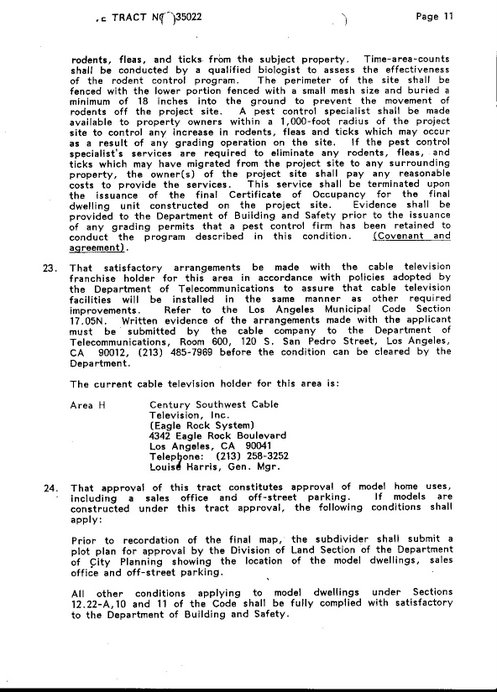
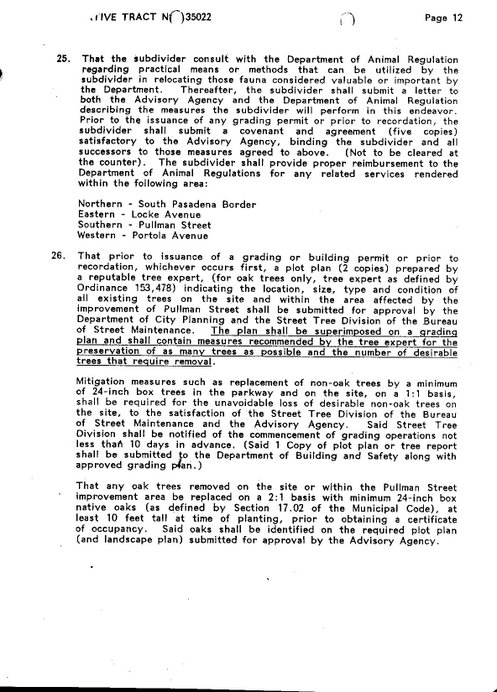
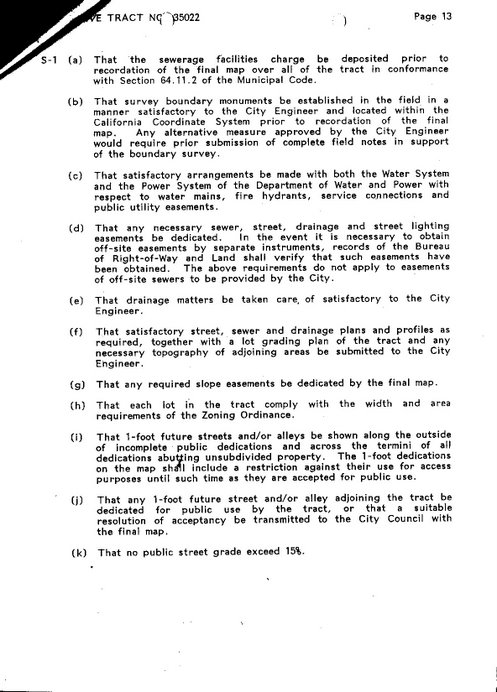
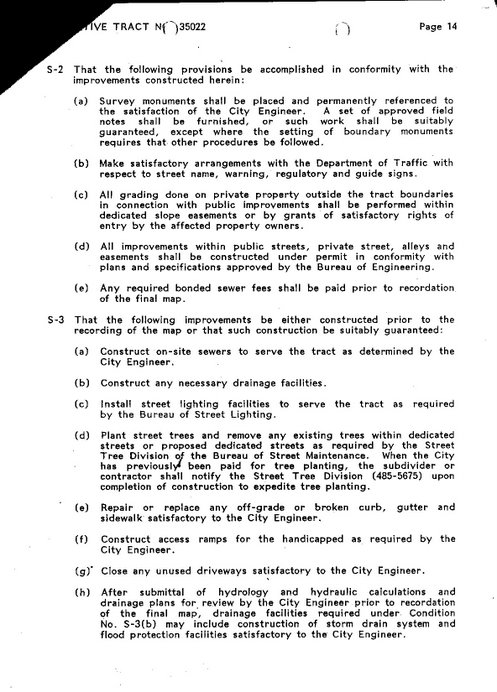
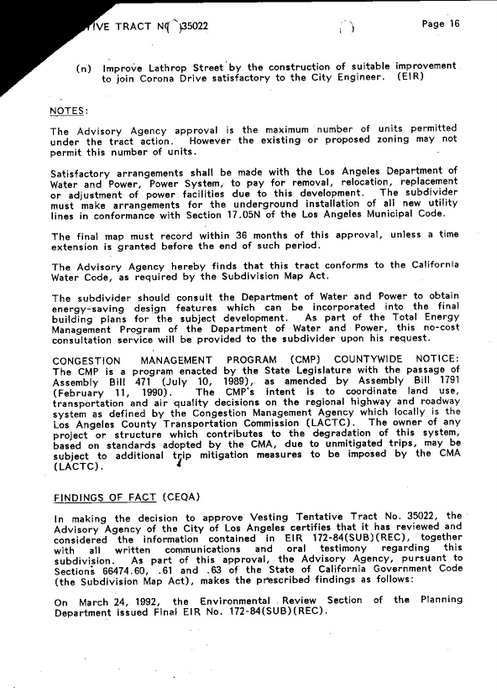


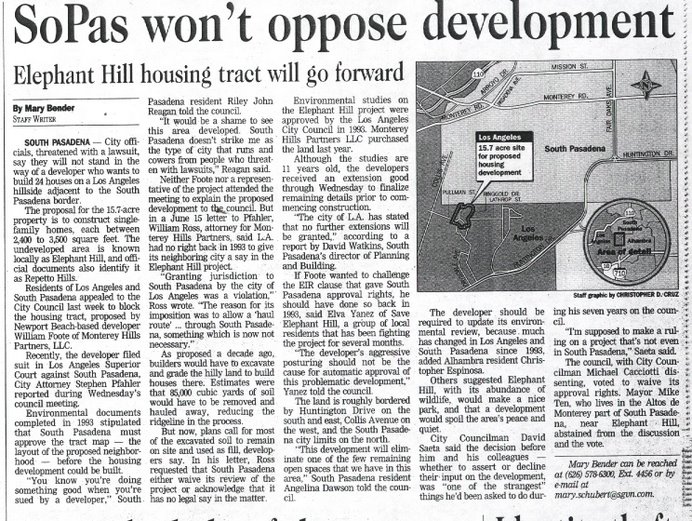
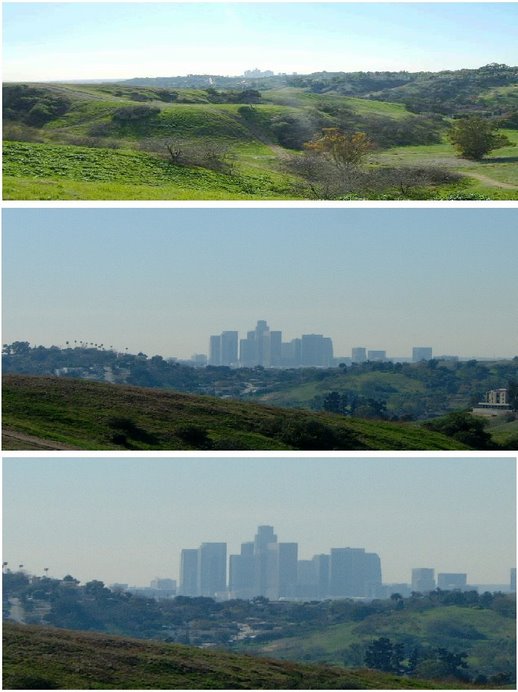
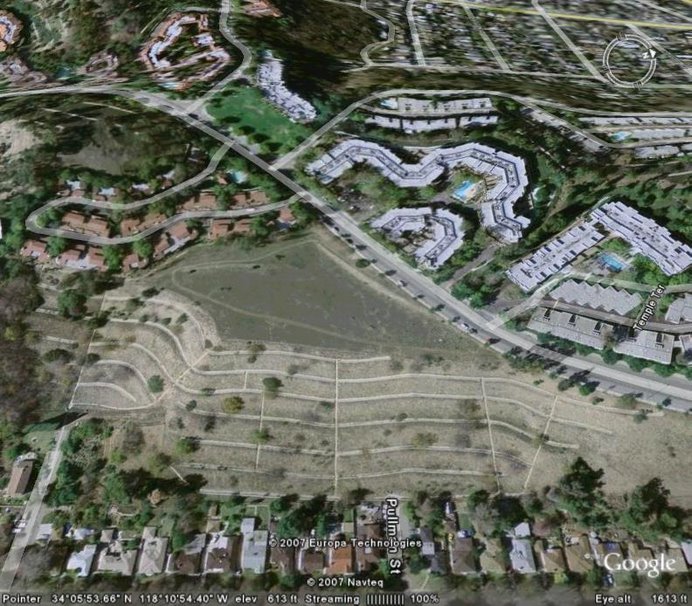
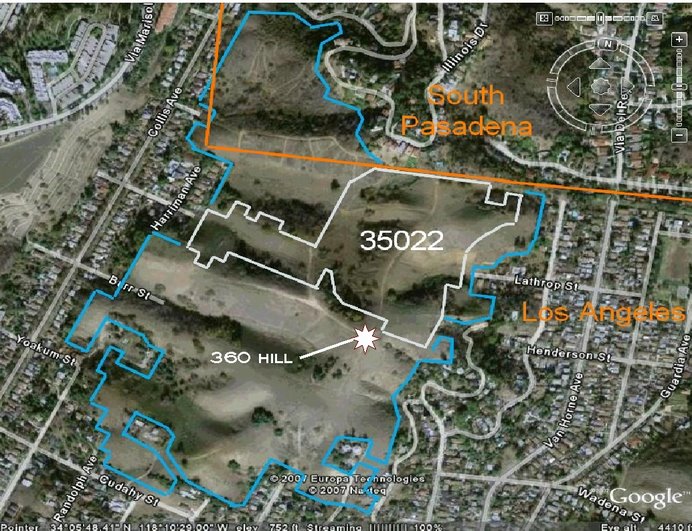
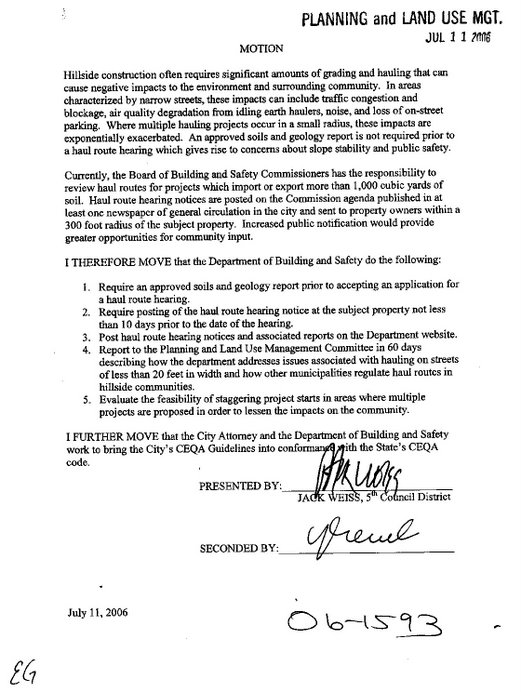
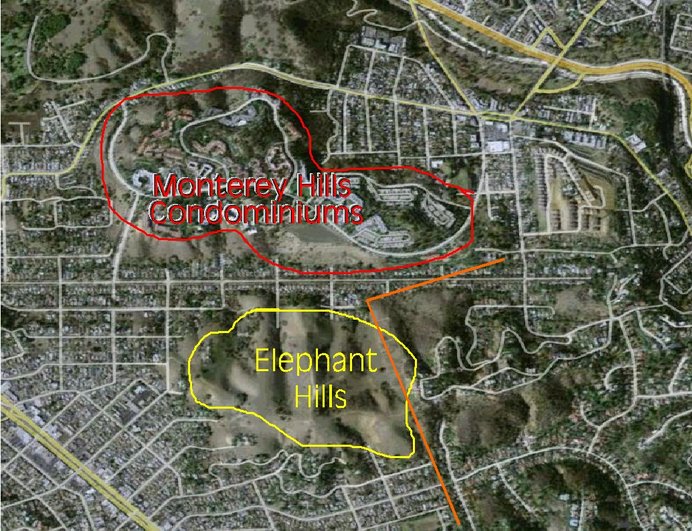
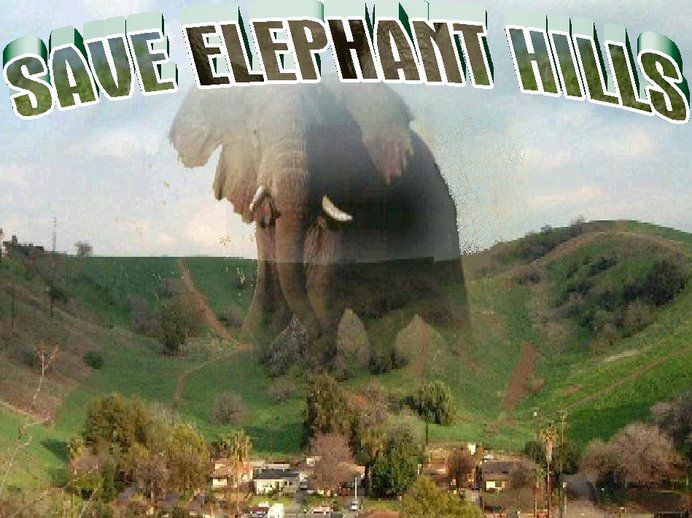
No comments:
Post a Comment